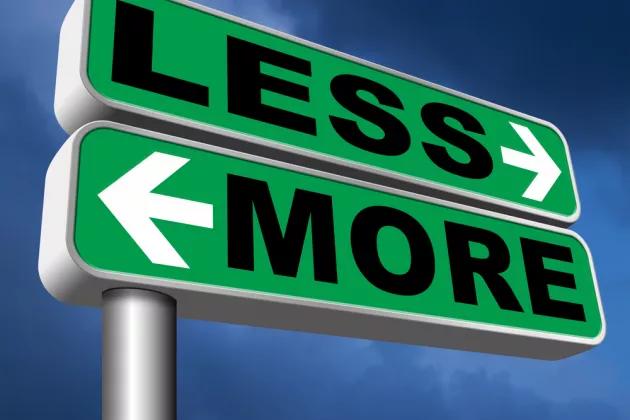
I recently had the privilege of visiting Kyushu, Japan, and was struck by how deeply the principles of Sustainable Development Goals and ESG are woven into the fabric of everyday life. From posters in local markets to educational campaigns in schools, Japan has made remarkable progress in embedding SDGs into public consciousness. This experience left me reflecting on how Hong Kong can draw inspiration from Japan’s success to enhance public awareness and education on SDGs.
Japan’s approach to SDGs is both comprehensive and inclusive. One of the most striking examples is the integration of SDGs into the education system. At Yanagawa Elementary School in Tokyo, students engage with sustainability themes through an “ESD Calendar,” which connects subjects like science, social studies, and even art to the broader goals of sustainable development. This approach not only educates but also empowers students to think critically about social issues and take meaningful action. It’s a model that Hong Kong could adapt, embedding SDGs into our curricula to nurture a generation of environmentally and socially conscious citizens.
Beyond schools, Japan’s commitment to SDGs is evident in its community-driven initiatives. Take, for instance, Shimokawa Town in Hokkaido, a recipient of the Japan SDGs Award. This small town has become a beacon of sustainability by addressing economic, social, and environmental challenges through integrated solutions. Local governments, businesses, and residents collaborate to create initiatives that resonate with the community, ensuring that SDGs are not just theoretical concepts but actionable priorities. Hong Kong could benefit from fostering similar partnerships, bringing together schools, businesses, and local organizations to tackle issues like waste management, urban sustainability, and social equity.
Another area where Japan excels is in its public awareness campaigns. Whether it’s posters in local markets, educational materials in libraries, or creative social media challenges, the message of SDGs is consistently reinforced. This constant visibility keeps the goals top-of-mind for citizens, making sustainability a part of daily life. Hong Kong, with its vibrant media and advertising industry, has the potential to create equally compelling campaigns. Imagine city-wide initiatives that use art, technology, and storytelling to make SDGs relatable and actionable for everyone, from students to working professionals.
Corporate and government leadership also plays a pivotal role in Japan’s success. Many Japanese companies have integrated SDGs into their CSR (Corporate Social Responsibility) strategies, while local governments have incorporated these goals into regional revitalization plans. This top-down approach ensures that SDGs are not just aspirational but are actively pursued at all levels of society. Hong Kong’s business sector, known for its dynamism and innovation, could take a similar lead by aligning ESG strategies with SDGs and reporting on their contributions. Incentivizing corporate participation could foster a culture of accountability and drive meaningful progress.
Japan’s achievements in raising public awareness on SDGs offer valuable lessons for Hong Kong. By integrating SDGs into education, fostering community partnerships, enhancing public awareness campaigns, and encouraging corporate participation, we can make sustainability a shared priority. The journey toward achieving SDGs is a collective effort, and Hong Kong has the potential to become a leader in this space.
Let’s think about how we can make SDGs a part of our daily lives in Hong Kong. Together, we can build a more sustainable future for generations to come.
About the Author:
Dr. Timothy Hassan is a seasoned business consultant and also a Certified ESG Planner CEP® based in Hong Kong. He currently is the Director at AYOI Consultancy, where he assists brands and organizations in enhancing their digital marketing strategies and social innovation. Timothy has been awarded the Asia Youth Innovator Award in Tokyo 2024 and the Secretary for Home Affairs’ Commendation Scheme of HKSAR Government for his contributions to youth development, which include serving on government advisory committees and providing voluntary guidance to youth-related NGOs. LinkedIn: https://www.linkedin.com/in/timothyhassan/
Reference:
Incorporation of SDGs in town planning – Development of the 2030 Vision of Shimokawa Town in participatory way and incorporation of SDGs into the town’s master plan
Japan’s efforts for promoting the SDGs, Ministry of Foreign Affairs of Japan
Making SDGs Part of Day-to-Day Life in Order to Nurture Leaders of Sustainable Communities Examples of Actions by Japanese Schools to Achieve SDGs
https://education.jnto.go.jp/en/news/2023/02/sdgs-yanagawa/
SDGs Implementation Guiding Principles, Ministry of Foreign Affairs of Japan





